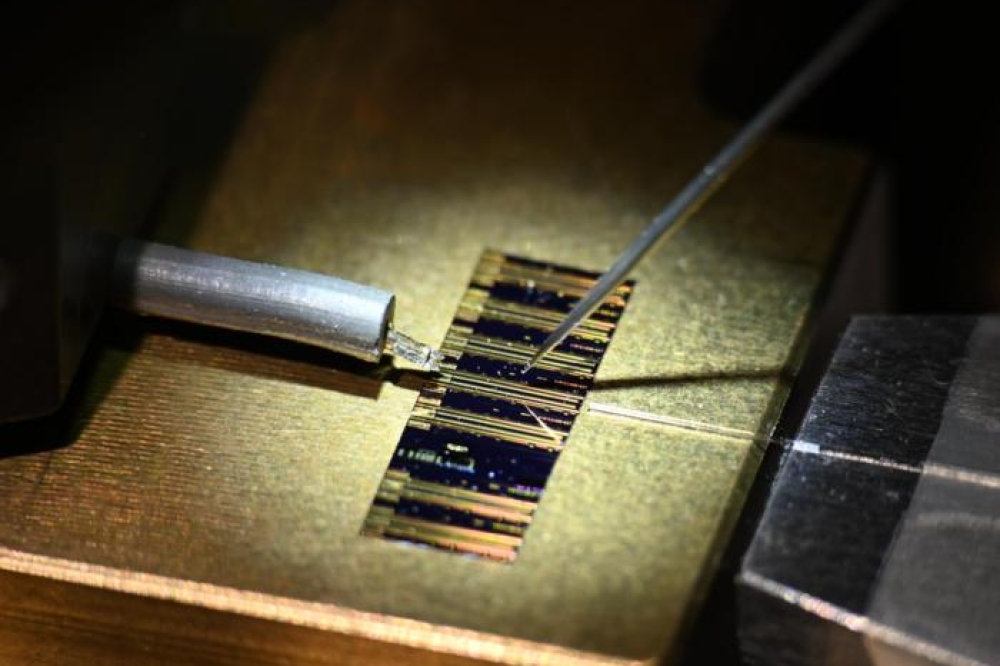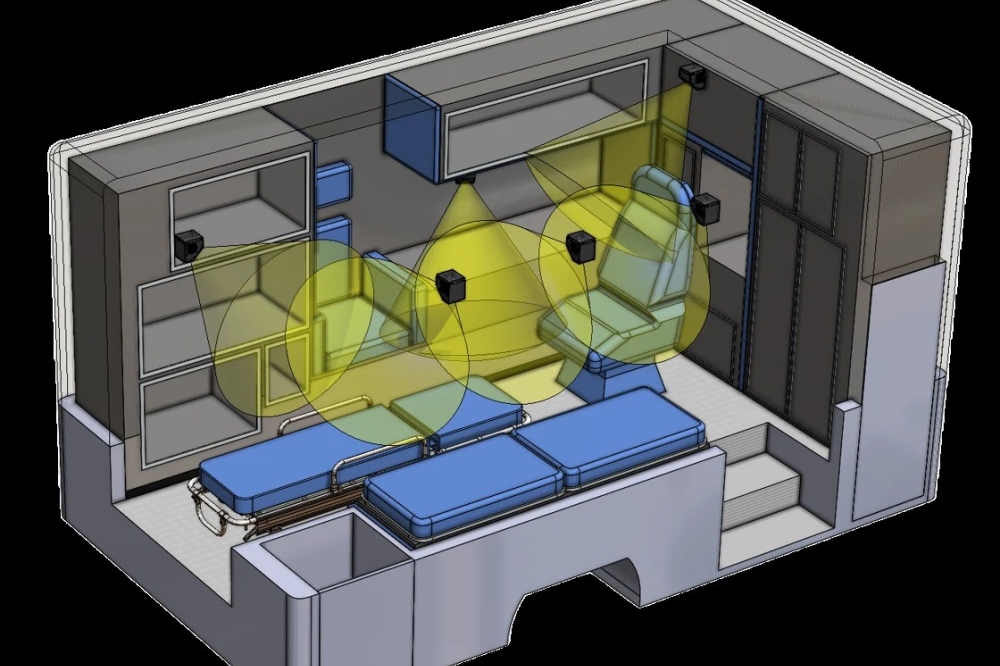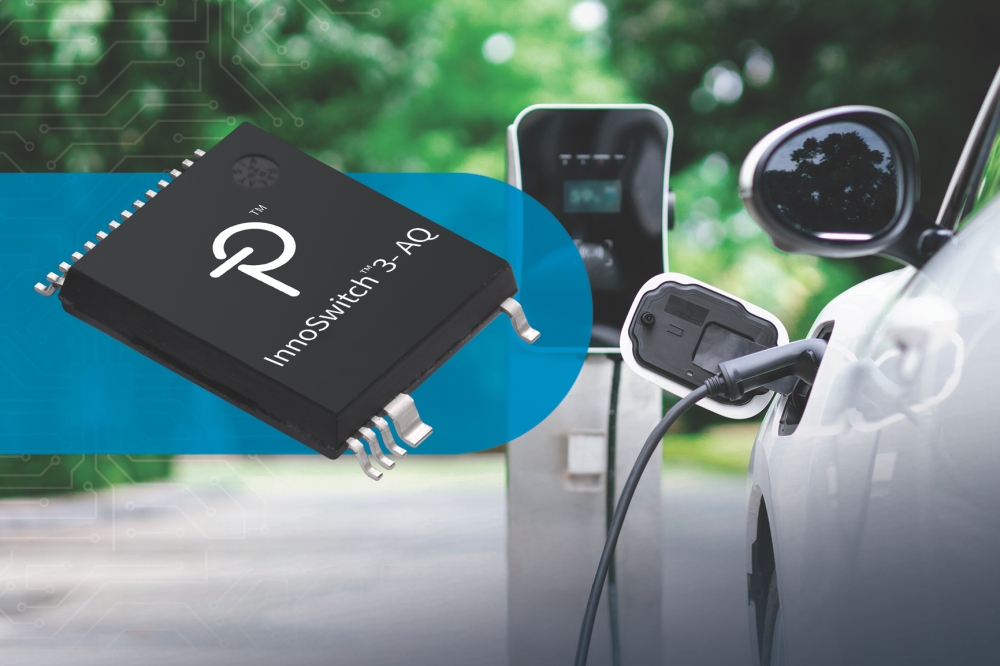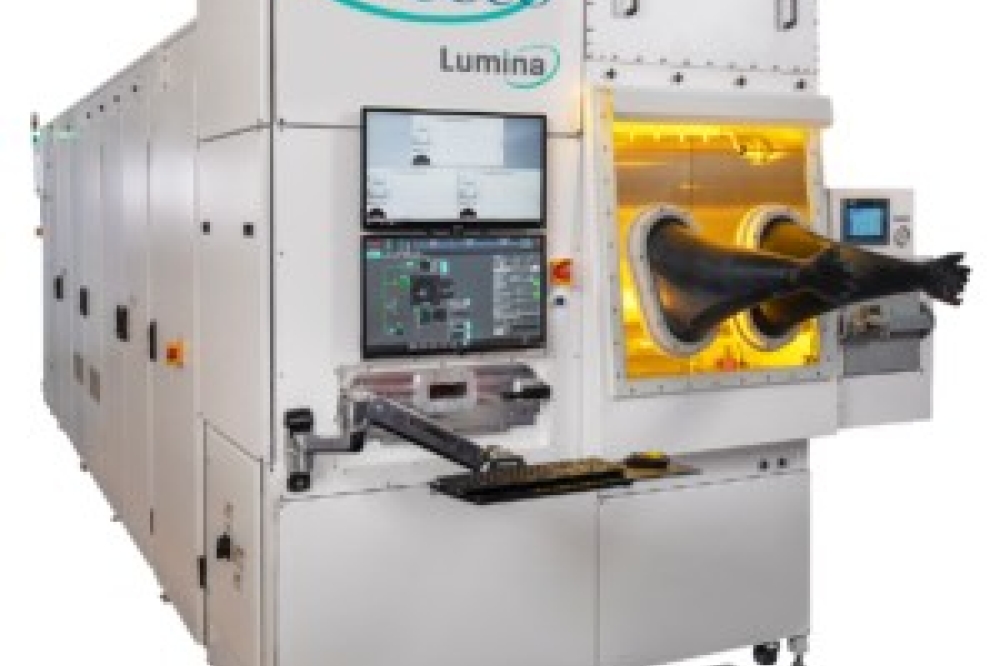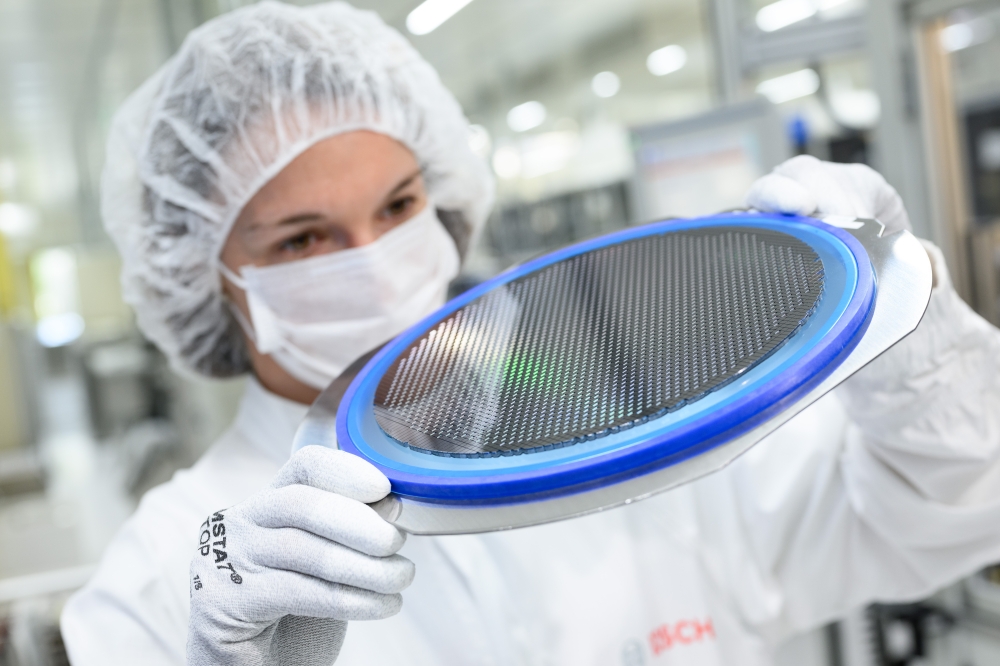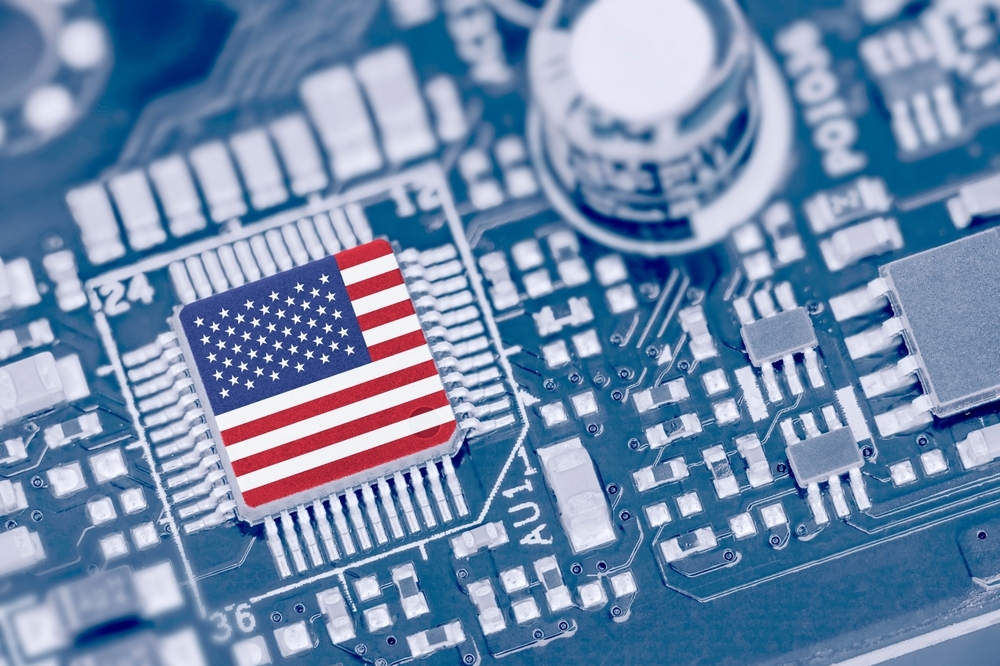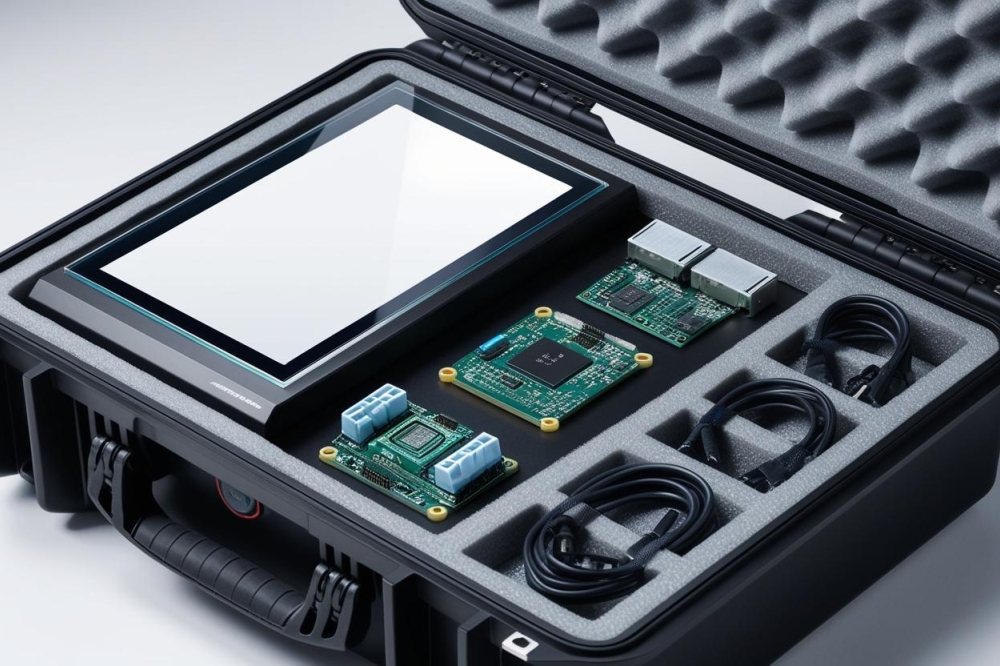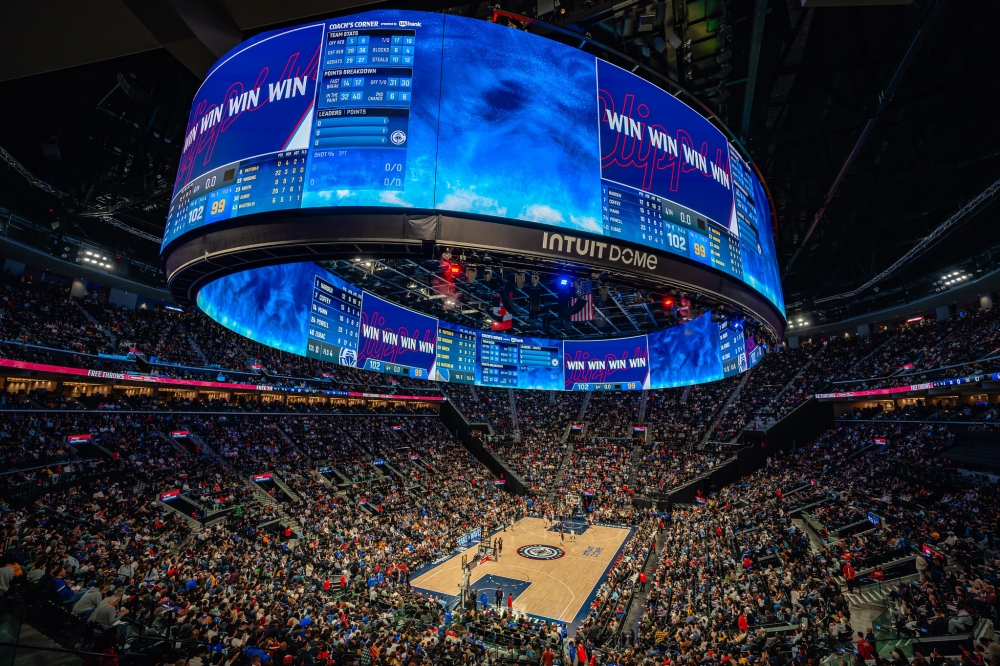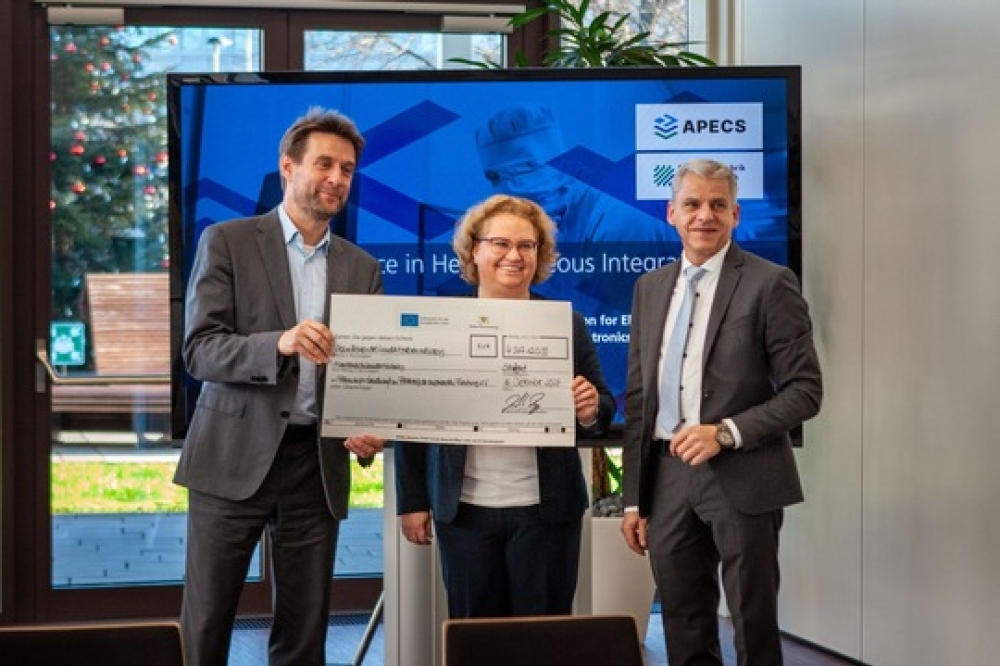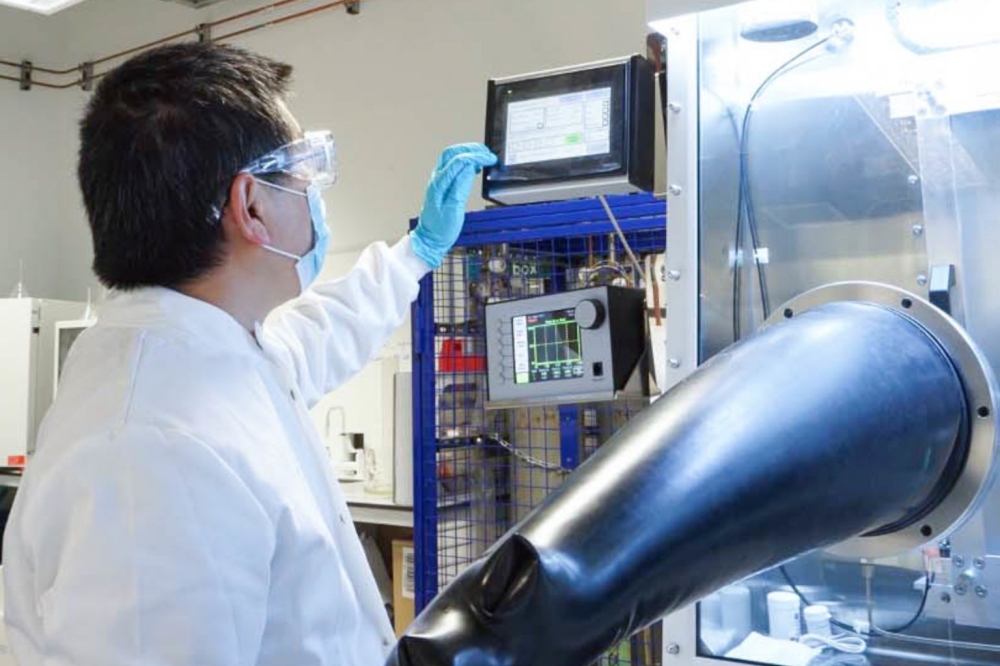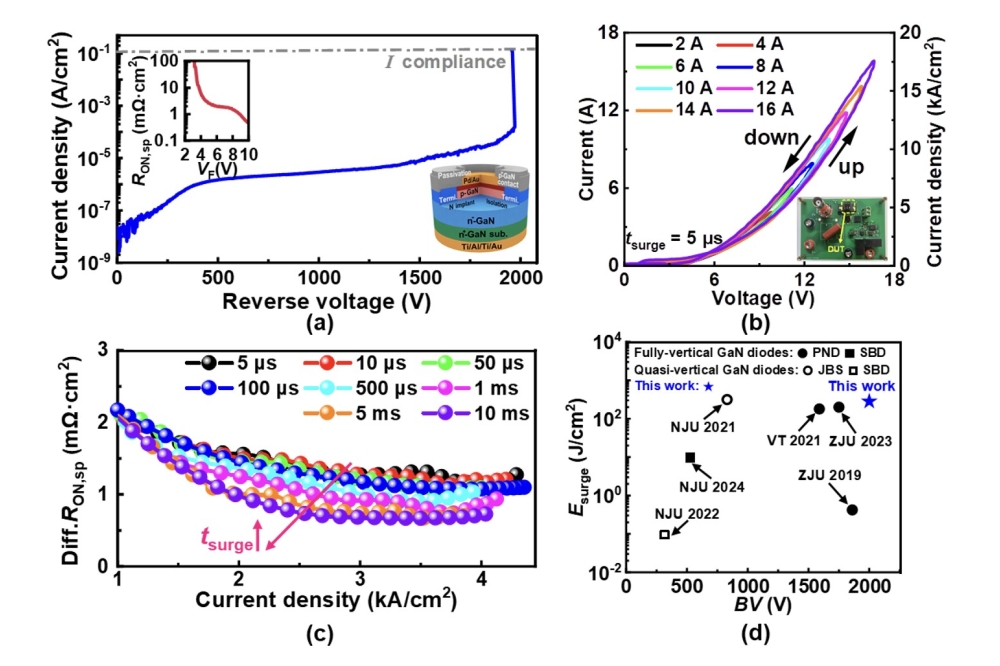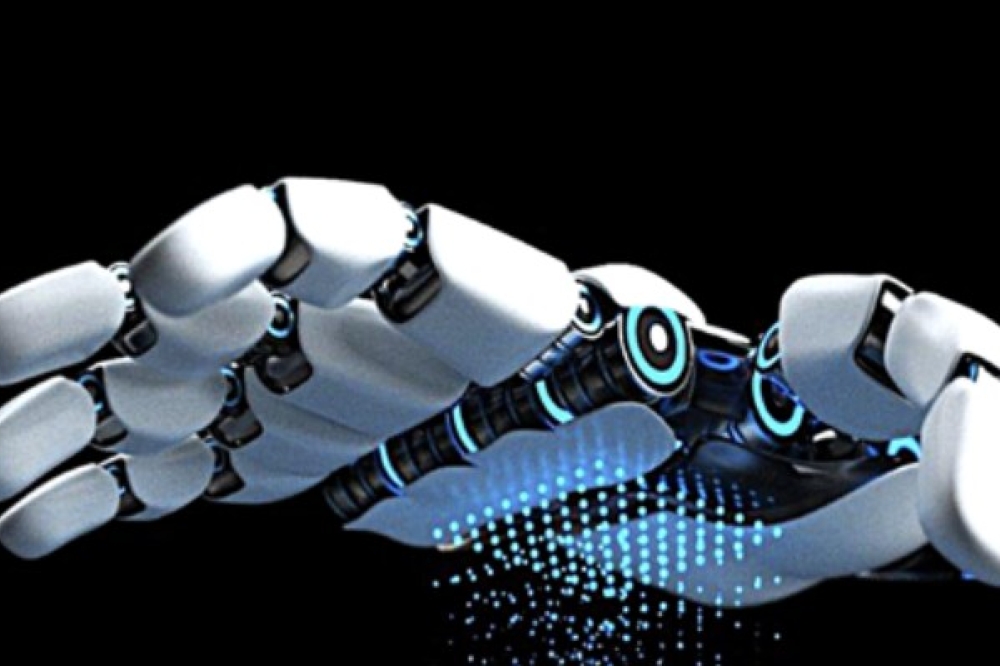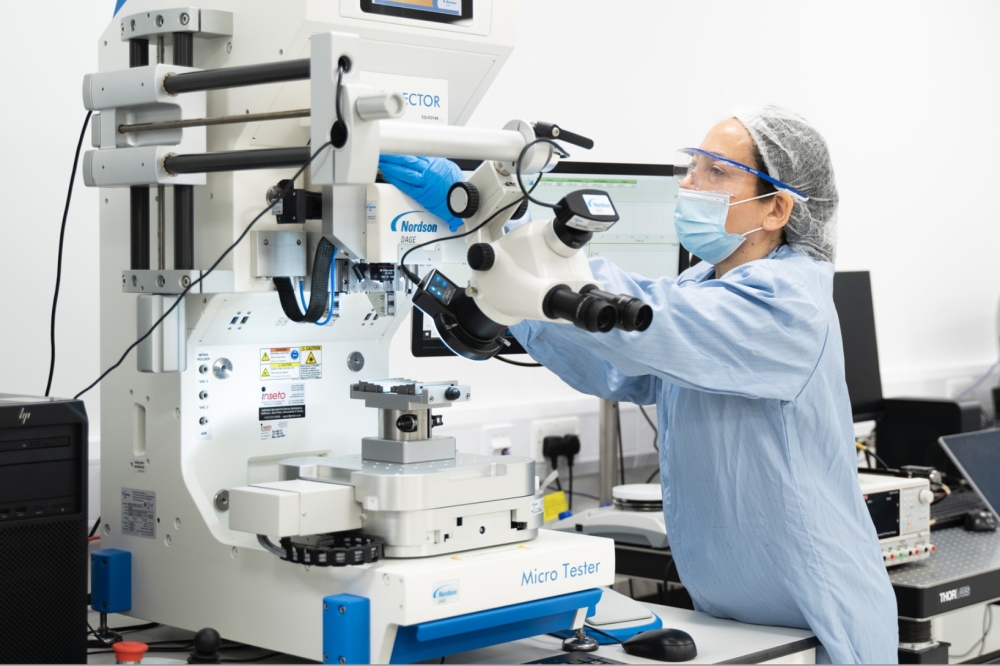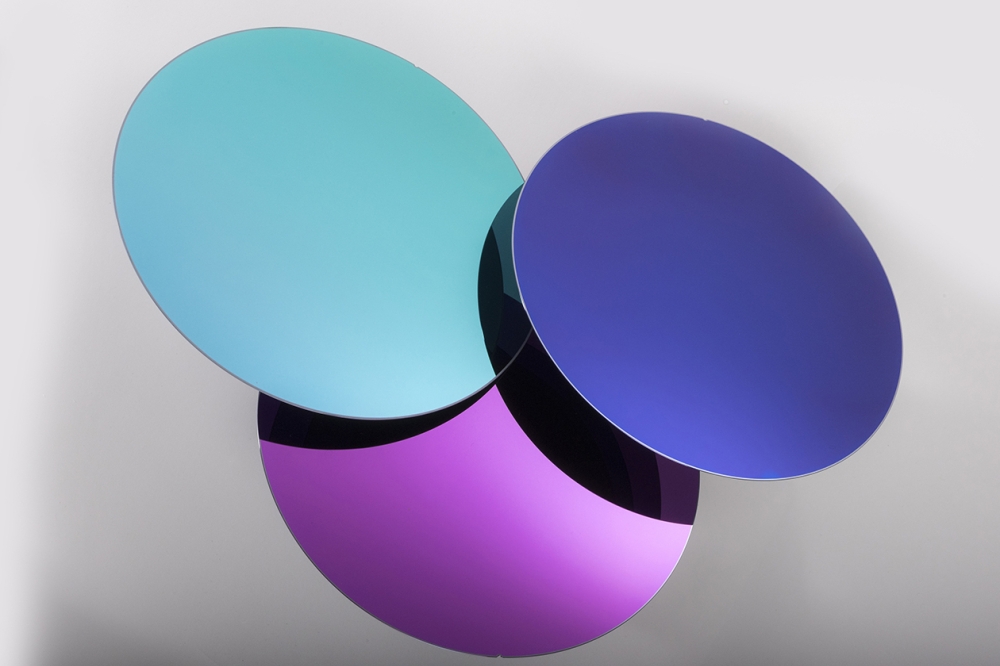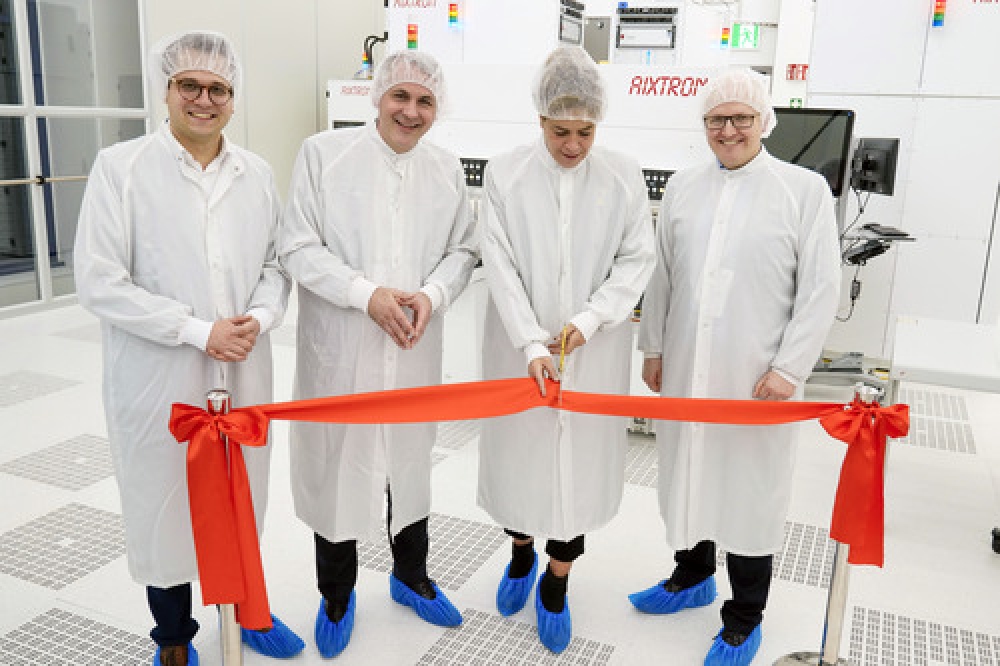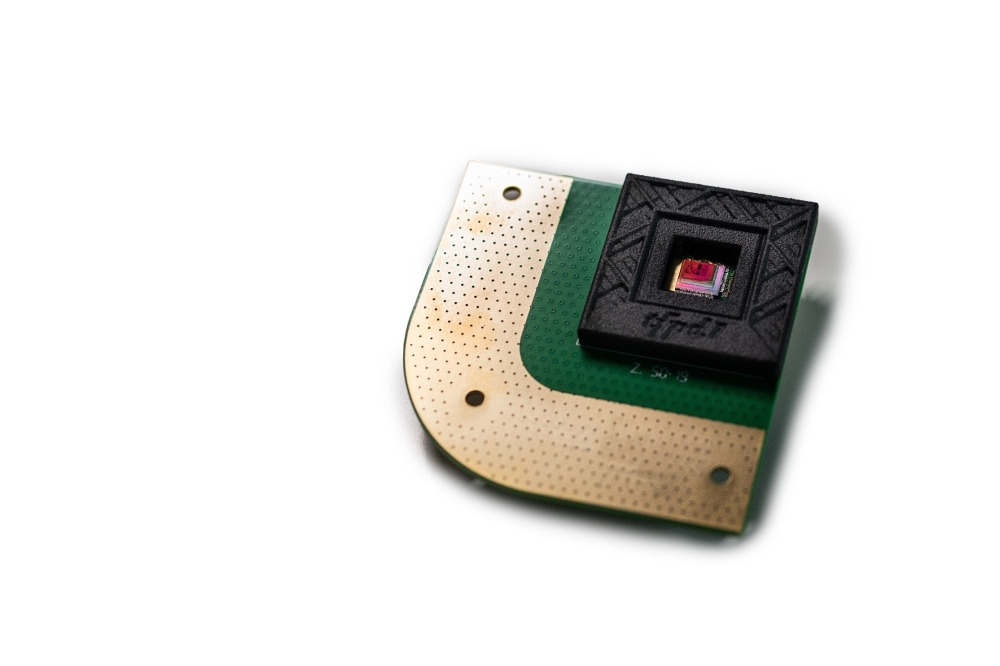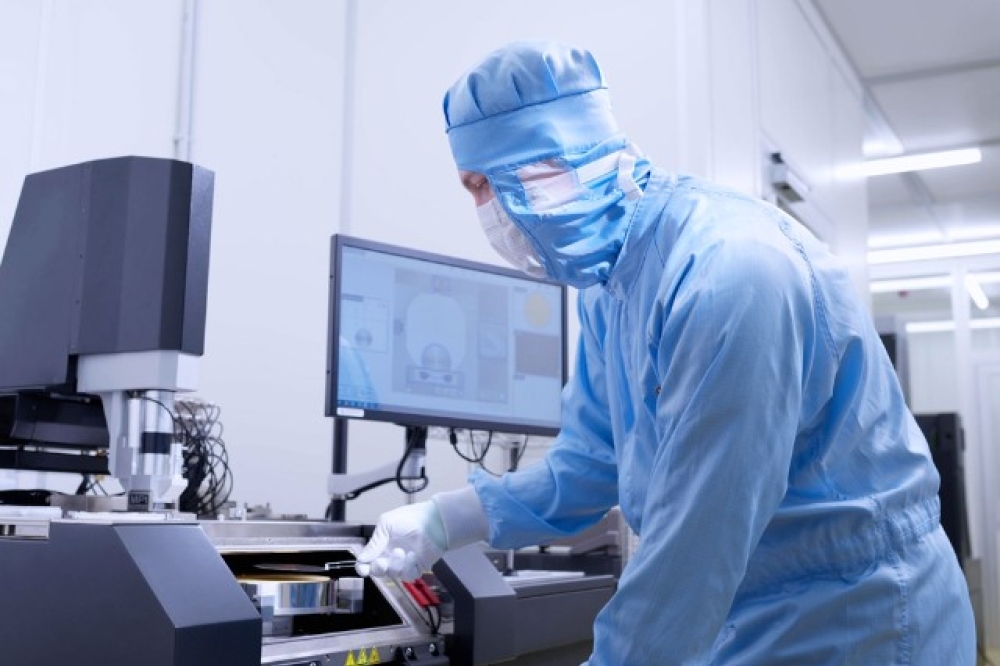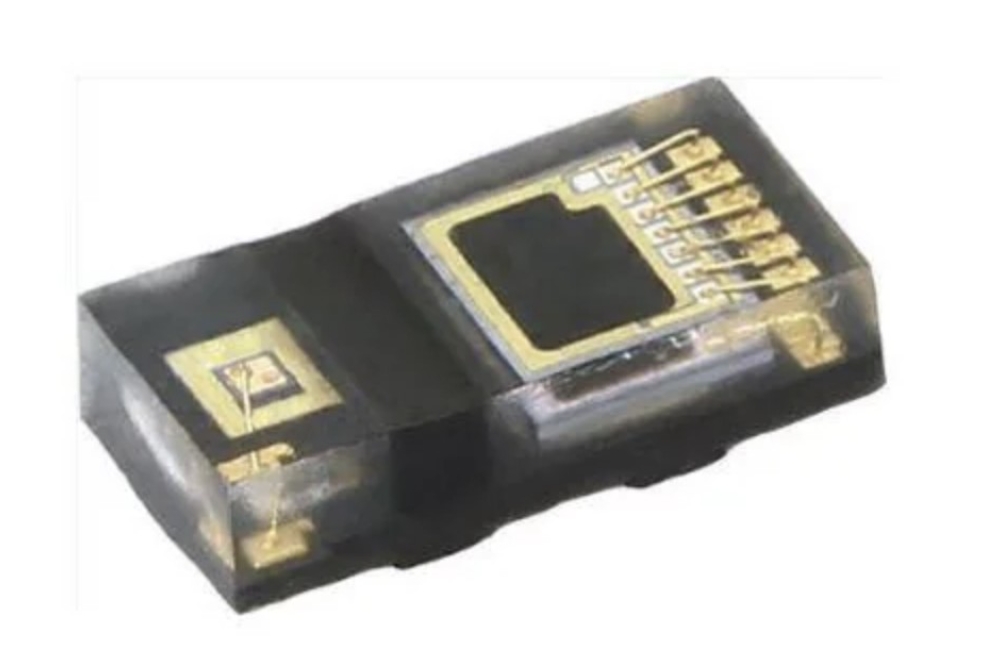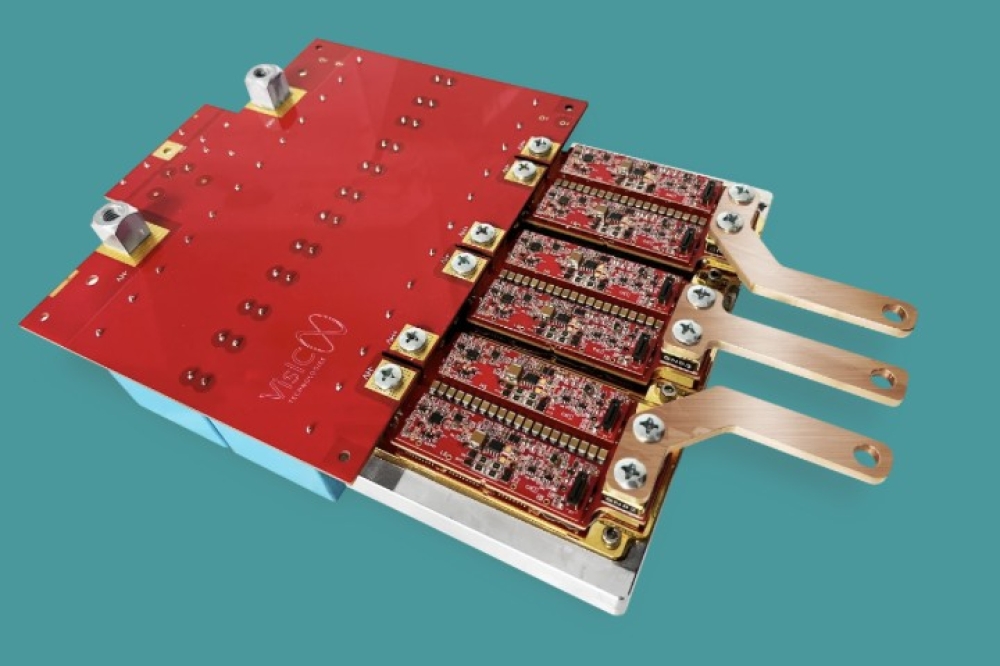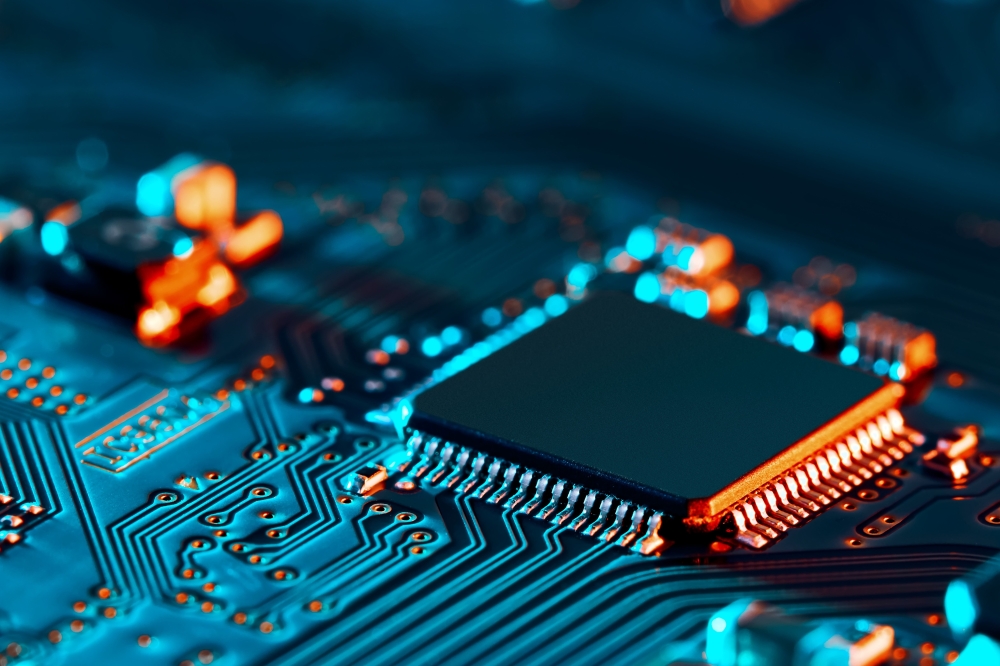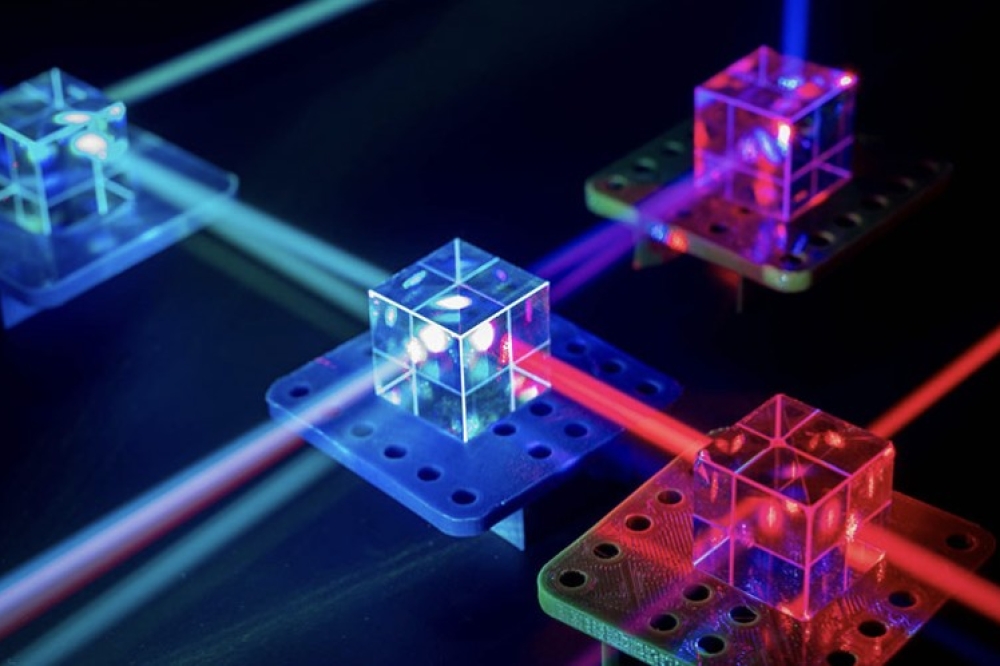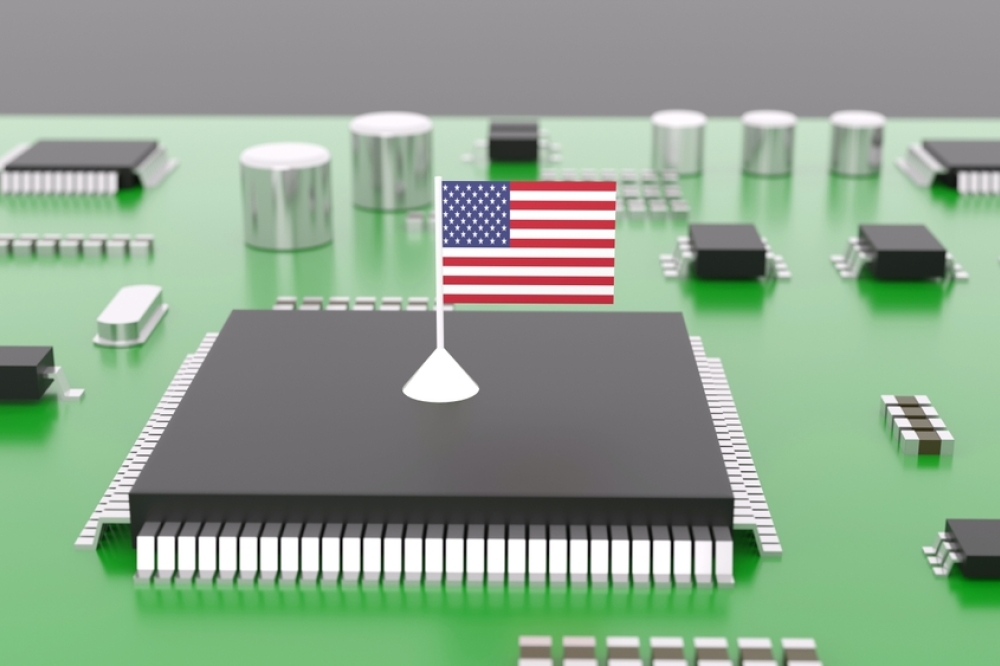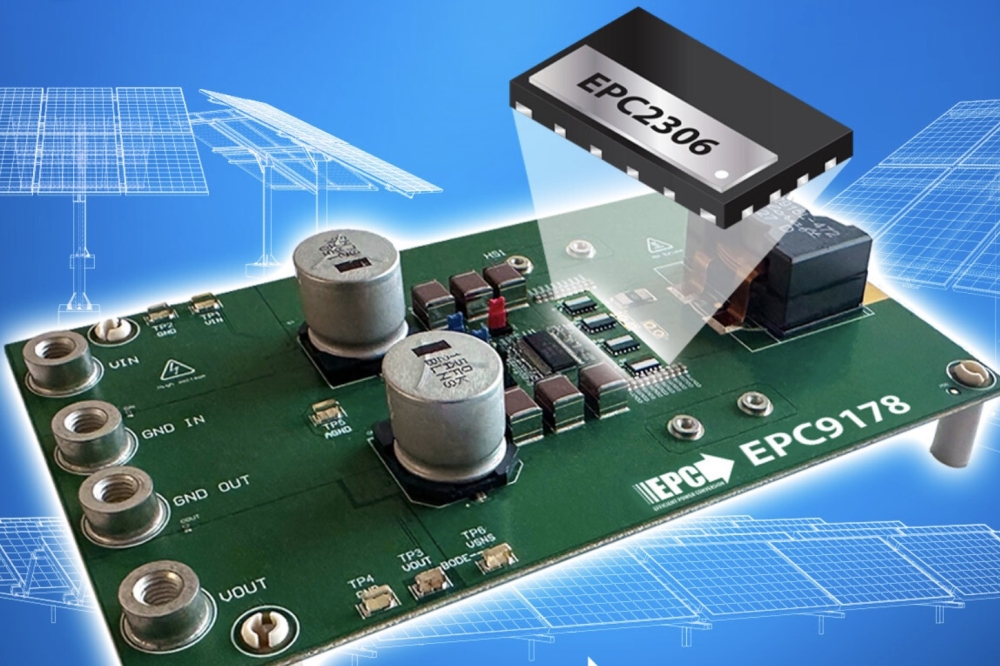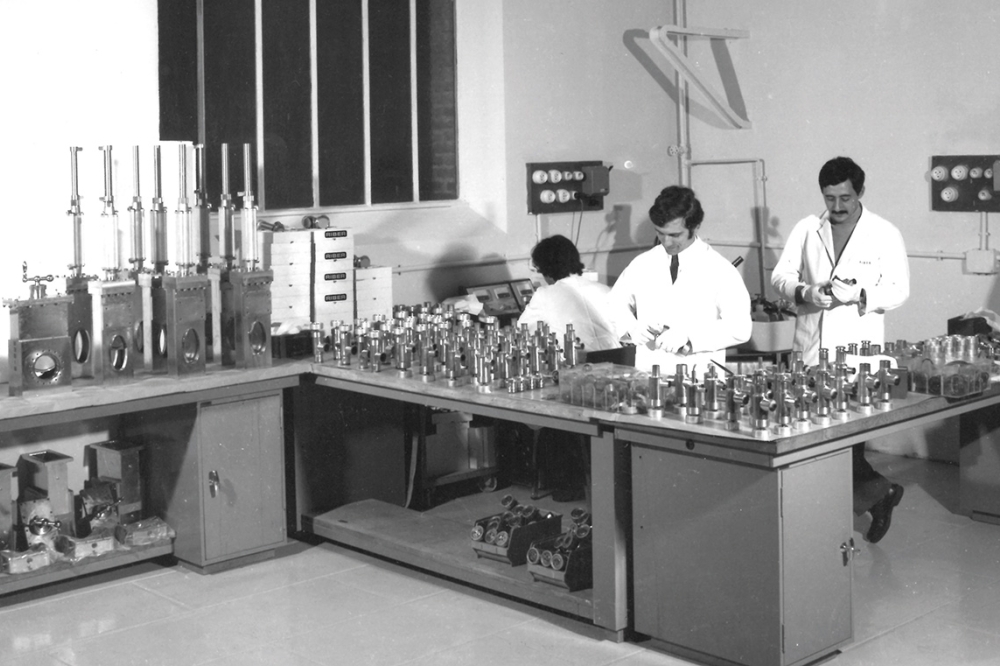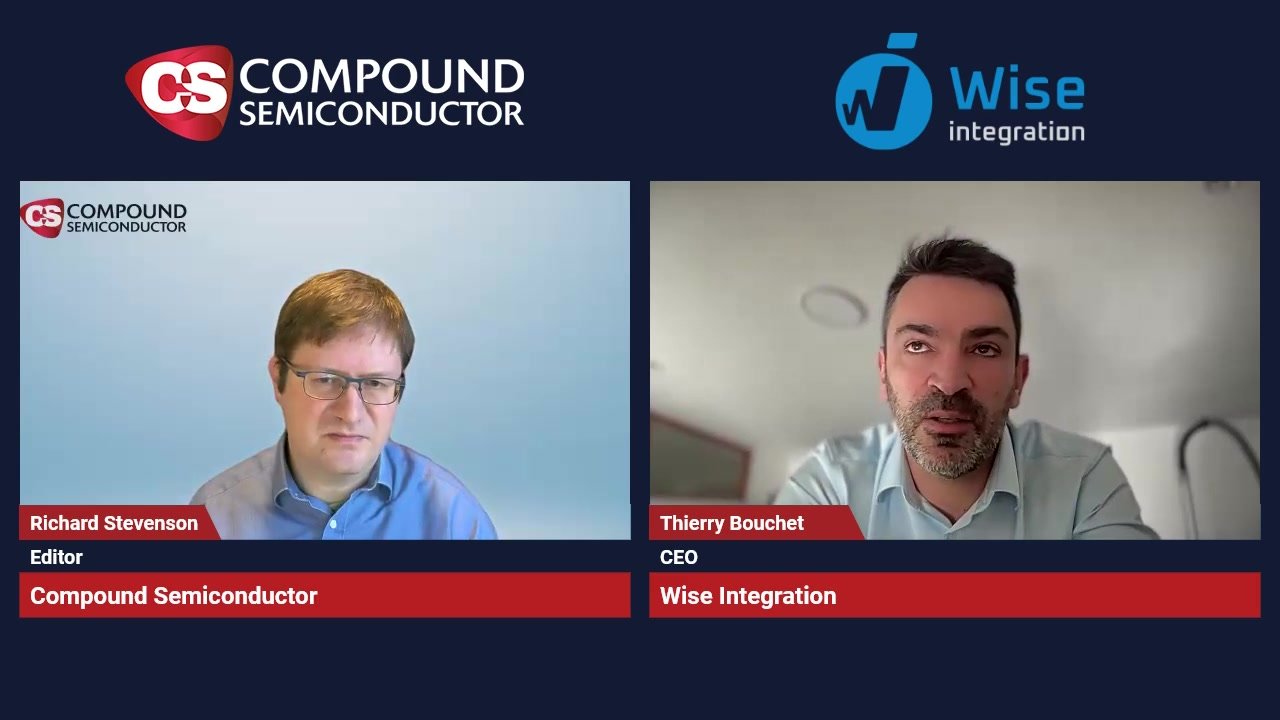News Article
FBH to enlighten us on ultra-high power diode lasers
The institute will present its latest results on 930 - 970nm GaAs (gallium arsenide) based pump laser sources at CLEO 2013
High energy laser applications of the future are the target of current diode laser research at the Ferdinand-Braun-Institut, Leibniz-Institut für Höchstfrequenztechnik (FBH) in Germany.
World-wide, teams of scientists and technologists are working on a new generation of ultra-high energy lasers. These are tools for basic science, for novel medical applications and, not least, for laser-induced fusion.
Large facilities that make use of this technology could in future ensure clean, highly efficient energy supplies for all mankind. Ultra-high power laser systems require diode lasers that are not just extremely capable, but can also be manufactured at low costs in very high volumes.
The FBH is currently optimising both the necessary design and technology, as a part of the Leibniz project, "CryoLaser".
If the cost per photon is to fall, a higher optical power density must be generated, reducing the amount of material needed. The conversion efficiency and material quality must also be dramatically improved. CryoLaser uses a novel design concept, developing innovative structures that are optimised for operation below the freezing point (-73°C, 200K). The performance of diode lasers is substantially improved at these temperatures.
FBH scientist, Paul Crump, will present the latest results from CryoLaser in his invited talk on 12th June at CLEO in San Jose, USA. This presentation has been selected as a "hot topic" for the conference’s main press event.
The results focus on GaAs-based laser bars in the wavelength range 930 to 970nm. Such diode lasers are the fundamental building blocks for pump sources for Ytterbium-doped crystals in large laser facilities, where optical pulses are generated with peta-watt class peak energies and picosecond pulse widths.

Extremely capable laser bars - CryoLaser. The laser bars above, developed within the CryroLaser project have been optimised regarding conversion efficiency and material quality. They are therefore particularly well-suited for novel ultra-high power laser applications as, for example, required for laser-induced fusion to ensure clean, highly efficient energy supplies
The individual laser bars in these pump sources emit 1.2 millisecond long optical pulses, previously with a typical output power between 300 and 500 Watts. First tests of FBH bars at -50°C (223K) lead to a world-wide best result of 1.7 kilowatt (kW) peak power per bar, that corresponds to a pulse energy of 2 J.
To date, such pump energies could only be achieved by combining the optical beams from at least five single bars. Currently, the FBH team is working to increase the electro-optical conversion efficiency of these bars from the current 50 percent to values of more than 80 percent at the targeted operational power of 1.6 kW per bar.
The FBH is responsible for the full value chain within this development project, from design to construction of first prototypes, which will be delivered to project partners. As in previous technology developments, these pump sources will be evaluated together with the world-leading groups in their field. In this case, these are LIFE in the USA and HiPER in Europe. Both are working on the use of ultra high power lasers for laser-initiated fusion.
More details of this work is described in the paper, "Cryolaser: Innovative Cryogenic Diode Laser Bars Optimized for Emerging Ultra-high Power Laser Applications,” by P. Crump et al in paper JW1J.2, Proc. CLEO, San Jose, USA (2013).
World-wide, teams of scientists and technologists are working on a new generation of ultra-high energy lasers. These are tools for basic science, for novel medical applications and, not least, for laser-induced fusion.
Large facilities that make use of this technology could in future ensure clean, highly efficient energy supplies for all mankind. Ultra-high power laser systems require diode lasers that are not just extremely capable, but can also be manufactured at low costs in very high volumes.
The FBH is currently optimising both the necessary design and technology, as a part of the Leibniz project, "CryoLaser".
If the cost per photon is to fall, a higher optical power density must be generated, reducing the amount of material needed. The conversion efficiency and material quality must also be dramatically improved. CryoLaser uses a novel design concept, developing innovative structures that are optimised for operation below the freezing point (-73°C, 200K). The performance of diode lasers is substantially improved at these temperatures.
FBH scientist, Paul Crump, will present the latest results from CryoLaser in his invited talk on 12th June at CLEO in San Jose, USA. This presentation has been selected as a "hot topic" for the conference’s main press event.
The results focus on GaAs-based laser bars in the wavelength range 930 to 970nm. Such diode lasers are the fundamental building blocks for pump sources for Ytterbium-doped crystals in large laser facilities, where optical pulses are generated with peta-watt class peak energies and picosecond pulse widths.

Extremely capable laser bars - CryoLaser. The laser bars above, developed within the CryroLaser project have been optimised regarding conversion efficiency and material quality. They are therefore particularly well-suited for novel ultra-high power laser applications as, for example, required for laser-induced fusion to ensure clean, highly efficient energy supplies
The individual laser bars in these pump sources emit 1.2 millisecond long optical pulses, previously with a typical output power between 300 and 500 Watts. First tests of FBH bars at -50°C (223K) lead to a world-wide best result of 1.7 kilowatt (kW) peak power per bar, that corresponds to a pulse energy of 2 J.
To date, such pump energies could only be achieved by combining the optical beams from at least five single bars. Currently, the FBH team is working to increase the electro-optical conversion efficiency of these bars from the current 50 percent to values of more than 80 percent at the targeted operational power of 1.6 kW per bar.
The FBH is responsible for the full value chain within this development project, from design to construction of first prototypes, which will be delivered to project partners. As in previous technology developments, these pump sources will be evaluated together with the world-leading groups in their field. In this case, these are LIFE in the USA and HiPER in Europe. Both are working on the use of ultra high power lasers for laser-initiated fusion.
More details of this work is described in the paper, "Cryolaser: Innovative Cryogenic Diode Laser Bars Optimized for Emerging Ultra-high Power Laser Applications,” by P. Crump et al in paper JW1J.2, Proc. CLEO, San Jose, USA (2013).

